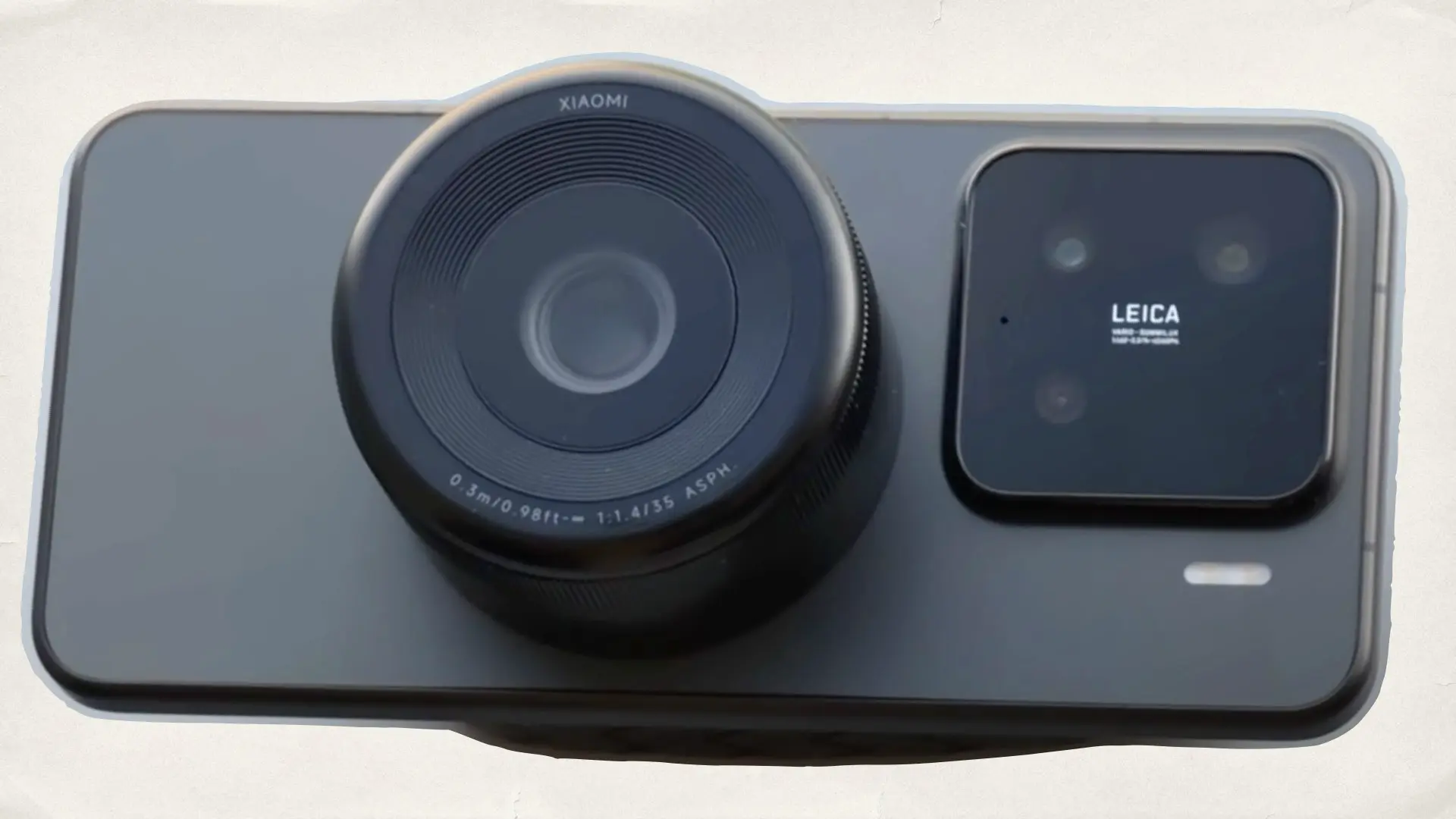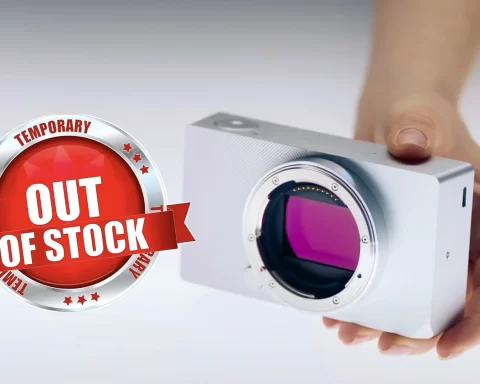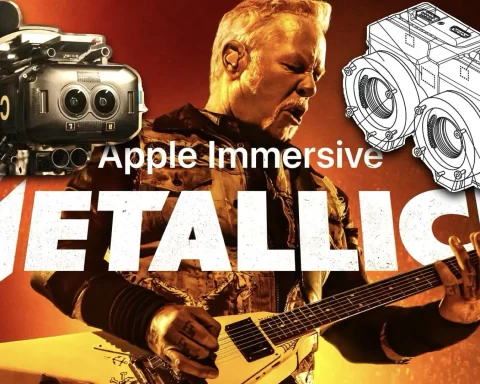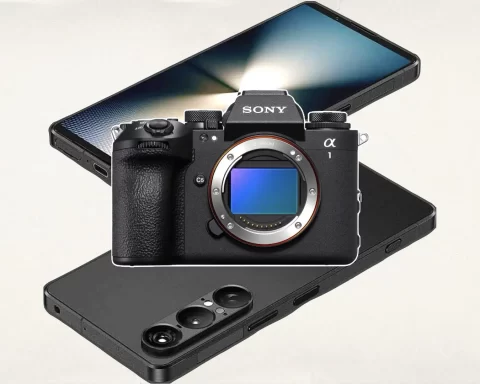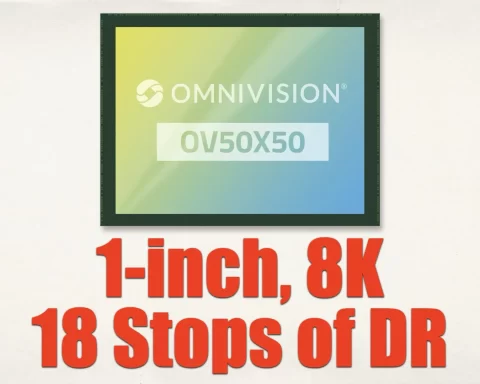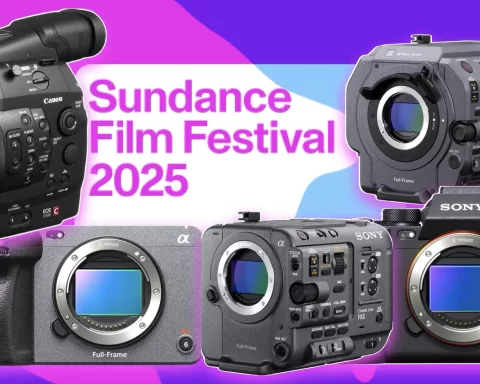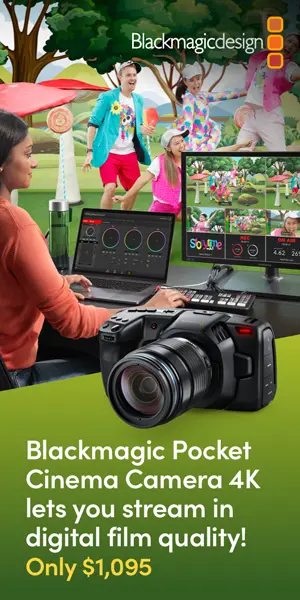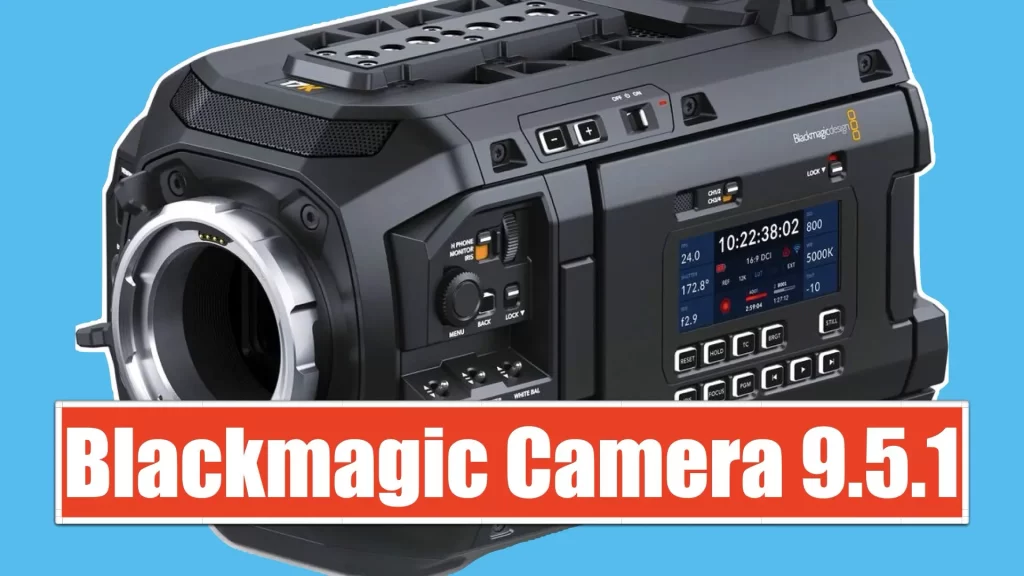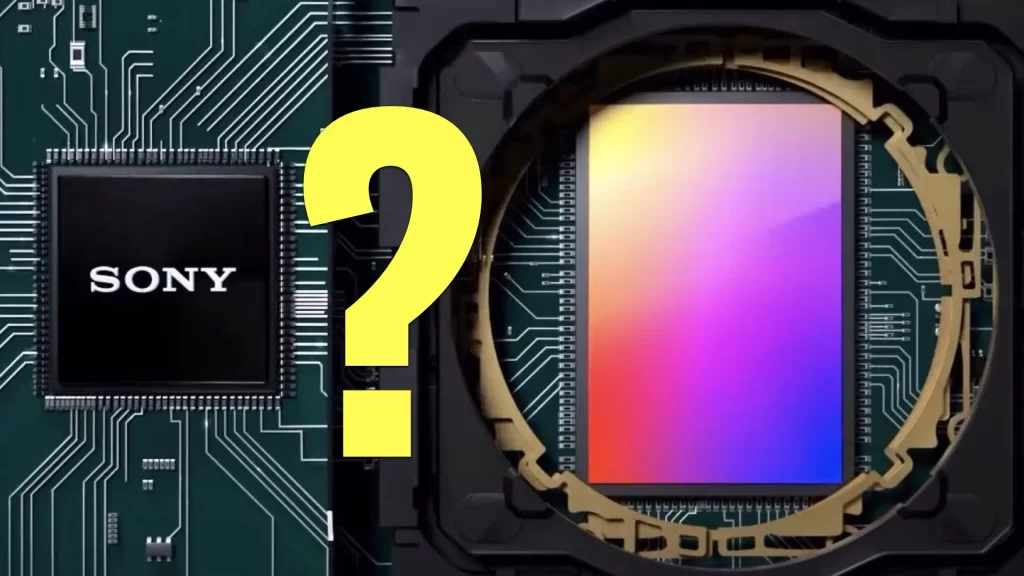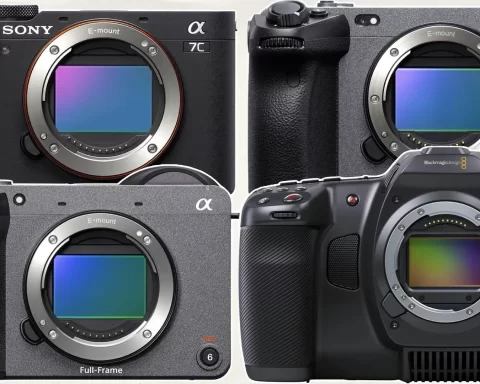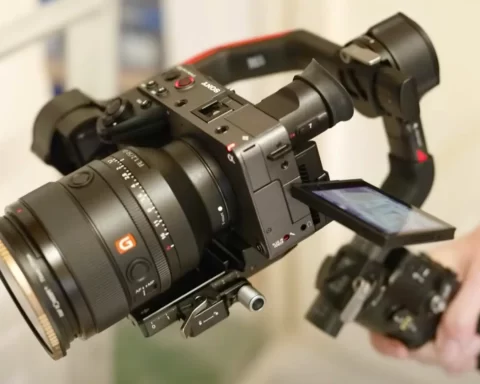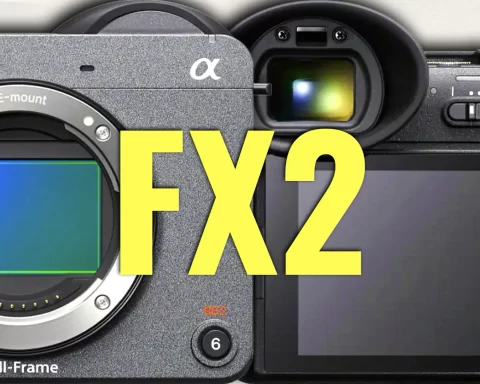From Gimmick to Game-Changer: Smartphone photography has reached a critical inflection point. As image sensors grow larger and mobile AI processing evolves, we’re witnessing a profound shift in how smartphones are used to capture high-end stills and video. The latest trend? Interchangeable-lens smartphones—devices that blend DSLR-style modularity with the convenience of a phone. Companies like Realme, Xiaomi, and Nothing are leading the charge, redefining mobile imaging and potentially reshaping the camera industry itself.
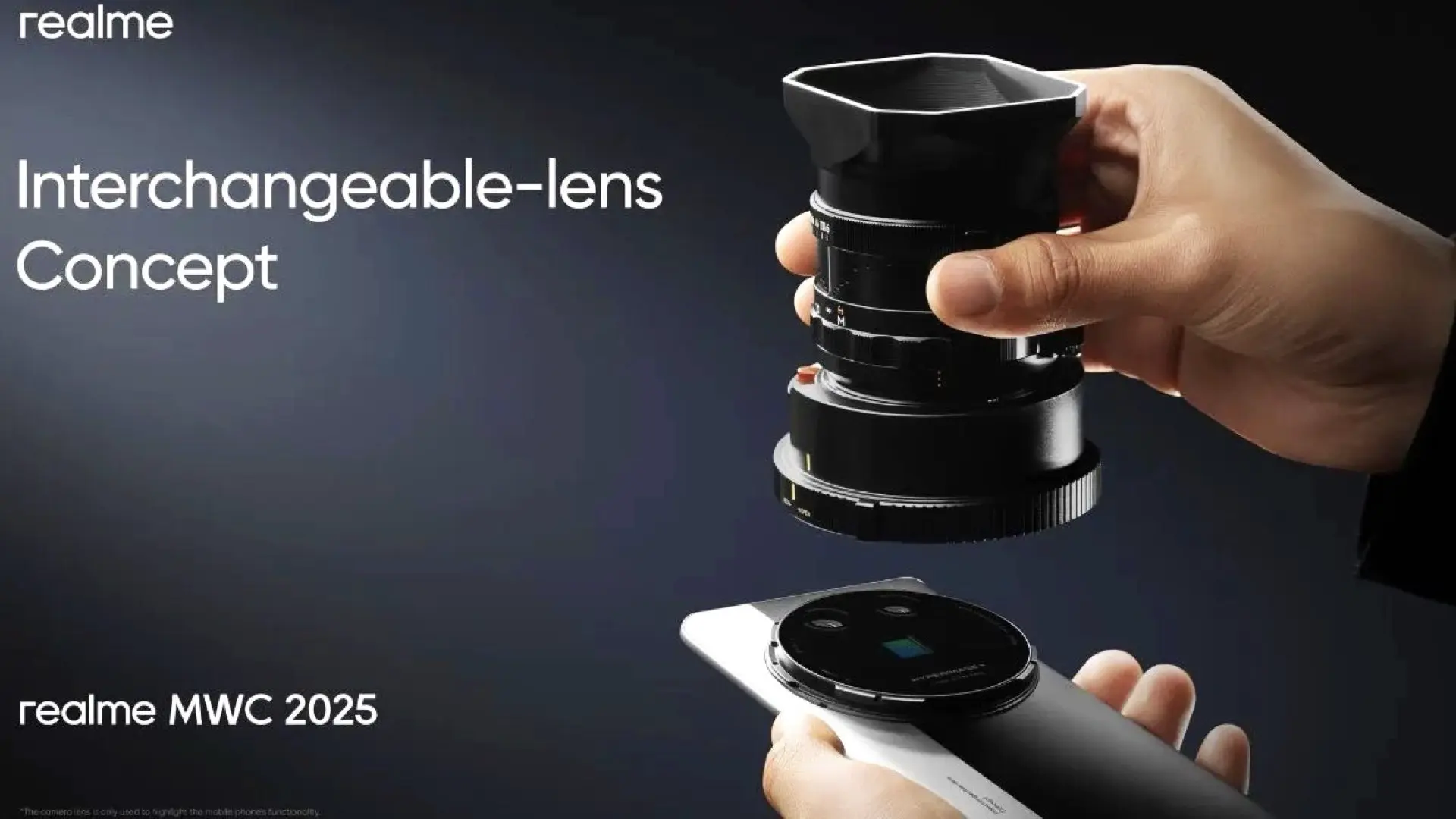
The Rise of Interchangeable-Lens Smartphones: A New Era of Mobile Cinematography
Smartphones are no longer just communication devices—they are evolving into powerful creative tools that rival professional cinema cameras. The latest breakthroughs from companies like Realme, Xiaomi, and more (mainly Chinese manufacturers) suggest that we are at the cusp of a revolution in mobile imaging: interchangeable-lens smartphones. These new devices combine large sensors, modular optics, and advanced AI features, giving users the ability to shoot professional-grade photos and videos straight from their pocket. What was once a niche dream is now rapidly becoming a reality. With Realme introducing a proprietary lens mount for DSLR-quality optics, Xiaomi unveiling a magnetically modular system, and others (Apple, for instance) empowering filmmakers with advanced computational tools, the boundaries between smartphone and cinema camera are beginning to dissolve. This article explores the technology behind this shift, the challenges it presents, and what it means for photographers, filmmakers, and the broader imaging industry.
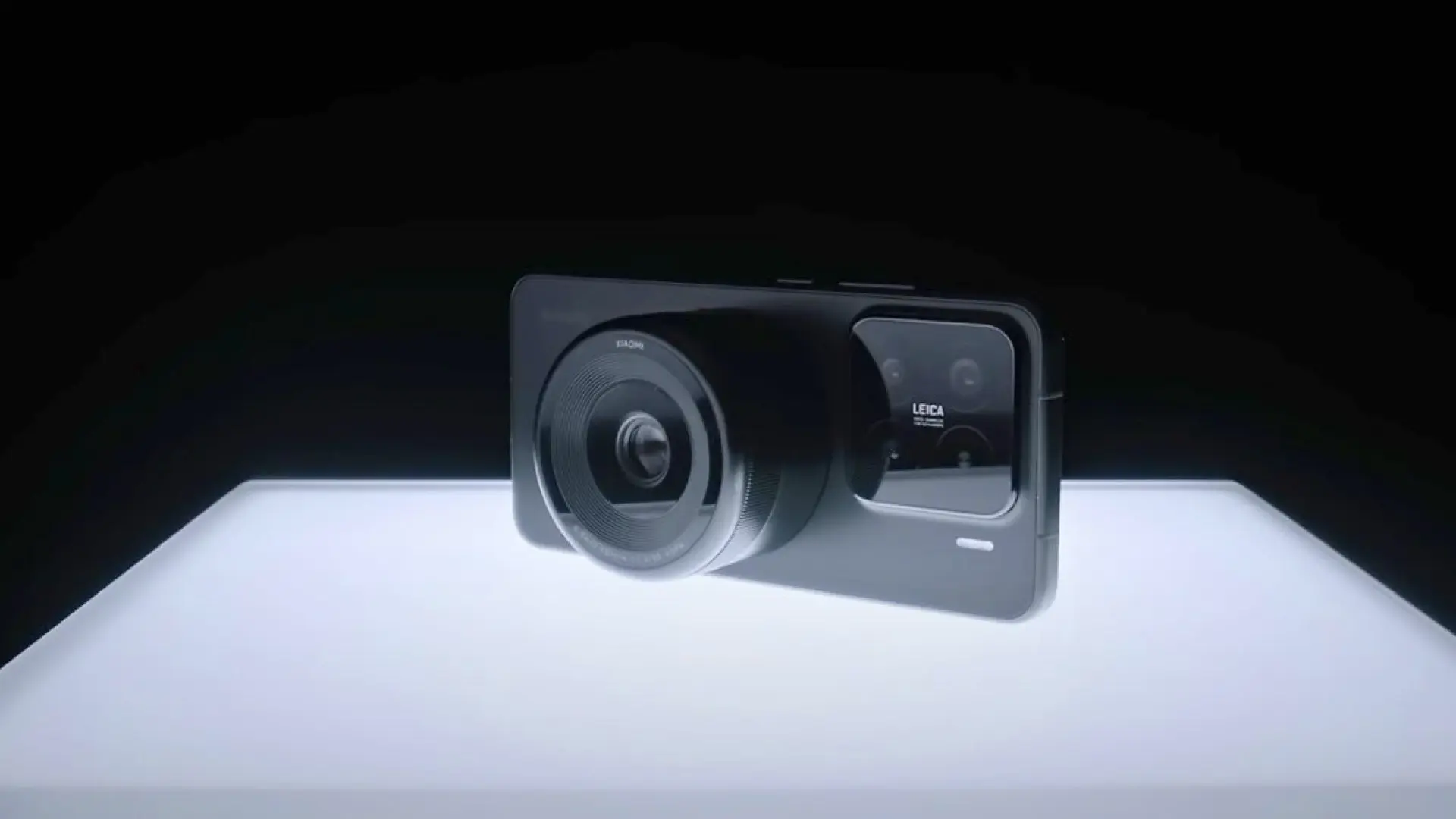
Realme’s 1-Inch Sensor and Proprietary Mount
At the center of this shift is Realme’s concept smartphone, featuring a 1-inch Sony LYT-900 sensor, one of the largest ever used in a mobile device. This isn’t entirely new territory—the Vivo X90 Pro was the first 1-inch sensor smartphone with global reach—but Realme pushes the concept further by introducing a proprietary bayonet-style lens mount, reminiscent of mirrorless camera systems.
Key specs include:
-
50MP resolution
-
f/1.4 aperture native lenses
-
Full manual controls for ISO, shutter speed, and focus
-
AI-enhanced RAW processing
-
8K video recording at 30fps
Realme further supports these capabilities with smart AI tools like Voice Retouch (edit photos by speaking) and AI Video Eraser (remove moving subjects mid-video)—advancements reflecting a broader trend toward computational cinematography. This builds on the growing relevance of large sensors in mobile devices, as discussed in OmniVision’s recent release, which offers 8K capture and 18 stops of dynamic range, approaching cinema-grade performance in handheld form.
Xiaomi’s Modular Magnetic System
Meanwhile, Xiaomi introduces a fresh take on modularity with its Magnetic Optical System—a 35mm detachable lens module paired with a 100MP 1/1.28-inch sensor. Unlike Realme’s mount, Xiaomi’s system uses LaserLink wireless transmission to connect instantly, without cables or pairing.
Highlights include:
-
f/1.4 professional glass optics
-
Instant plug-and-play modularity
-
Support for ProRes 4K video and 10-bit HEIF stills
-
Slim profile when lens is detached
This seamless switching between “camera mode” and “phone mode” could be a major breakthrough for hybrid users—creators who need DSLR quality and smartphone convenience in one compact device. As shown in previous projects like a blockbuster shot entirely on a smartphone, the cinematic potential is already here; modular optics could simply remove more barriers.
What About CMF by Nothing?
Nothing’s CMF Phone 2 Pro remains under wraps, but leaks suggest a modular camera approach. Speculated features include:
-
50MP Sony IMX890 sensor
-
2x optical telephoto and ultra-wide lenses
-
Possibly AI-assisted detachable modules for advanced zoom, macro, or cinematic effects
While speculative, the approach aligns with broader industry moves toward flexible, attachable camera ecosystems. This echoes concepts discussed in this early prediction on mobile lens mounts as the future of cinematography.
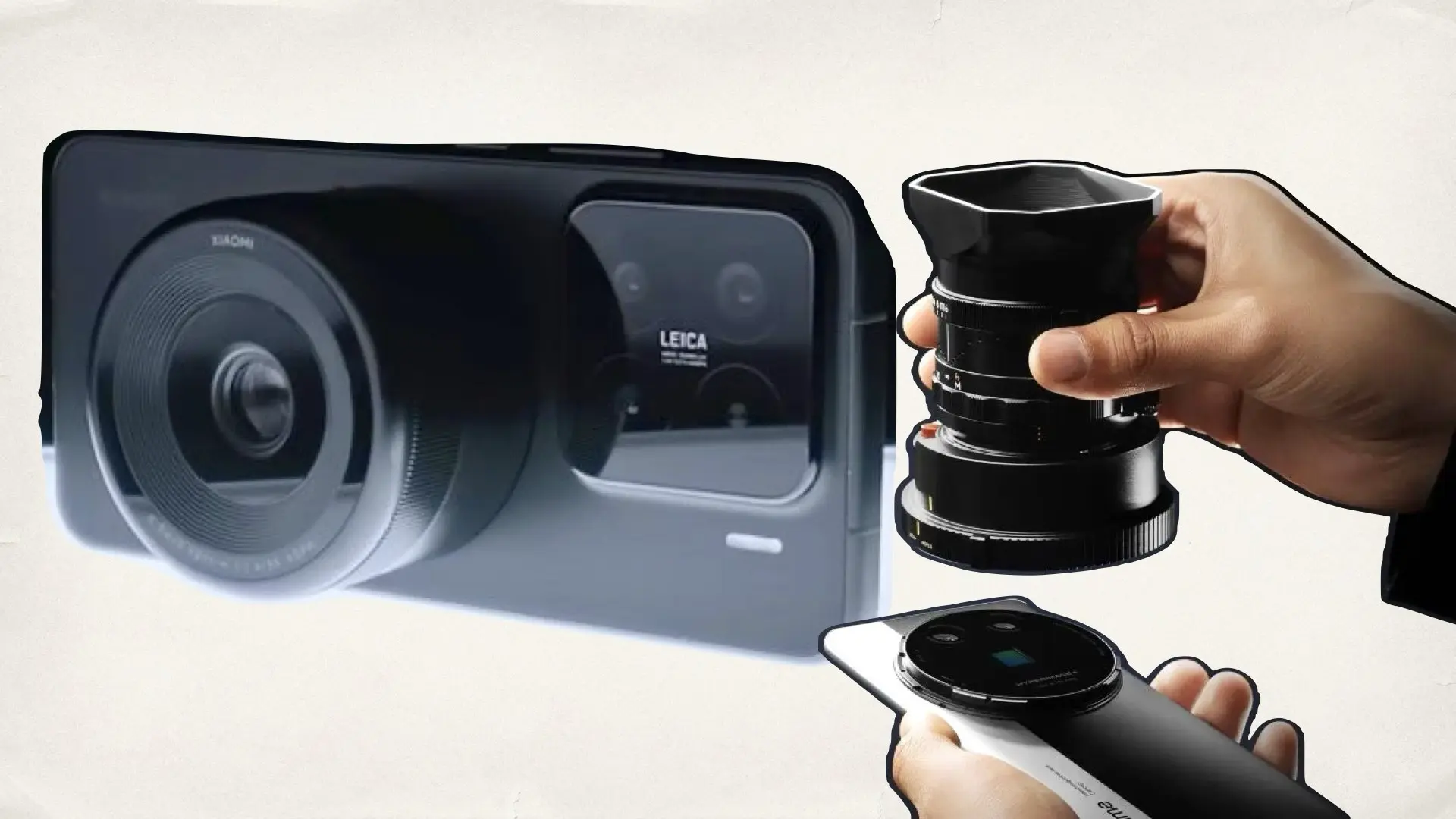
Why This Trend Matters
This isn’t just tech for tech’s sake. Here’s why interchangeable-lens smartphones could reshape the industry:
1. Portability Meets Power
A modular smartphone can rival DSLR quality in a device that fits in your pocket. That means fewer bags and no trade-off between quality and mobility.
2. Hybrid Content Creation
Creators can shoot, edit, and upload pro-quality content from a single device. Tools like the iPhone’s support for anamorphic lenses have already hinted at this future.
3. Democratizing Professional Tools
As seen in filmmaker Zack Snyder’s mobile shooting tips, even pros are embracing smartphones. Modularity lowers the barrier further.
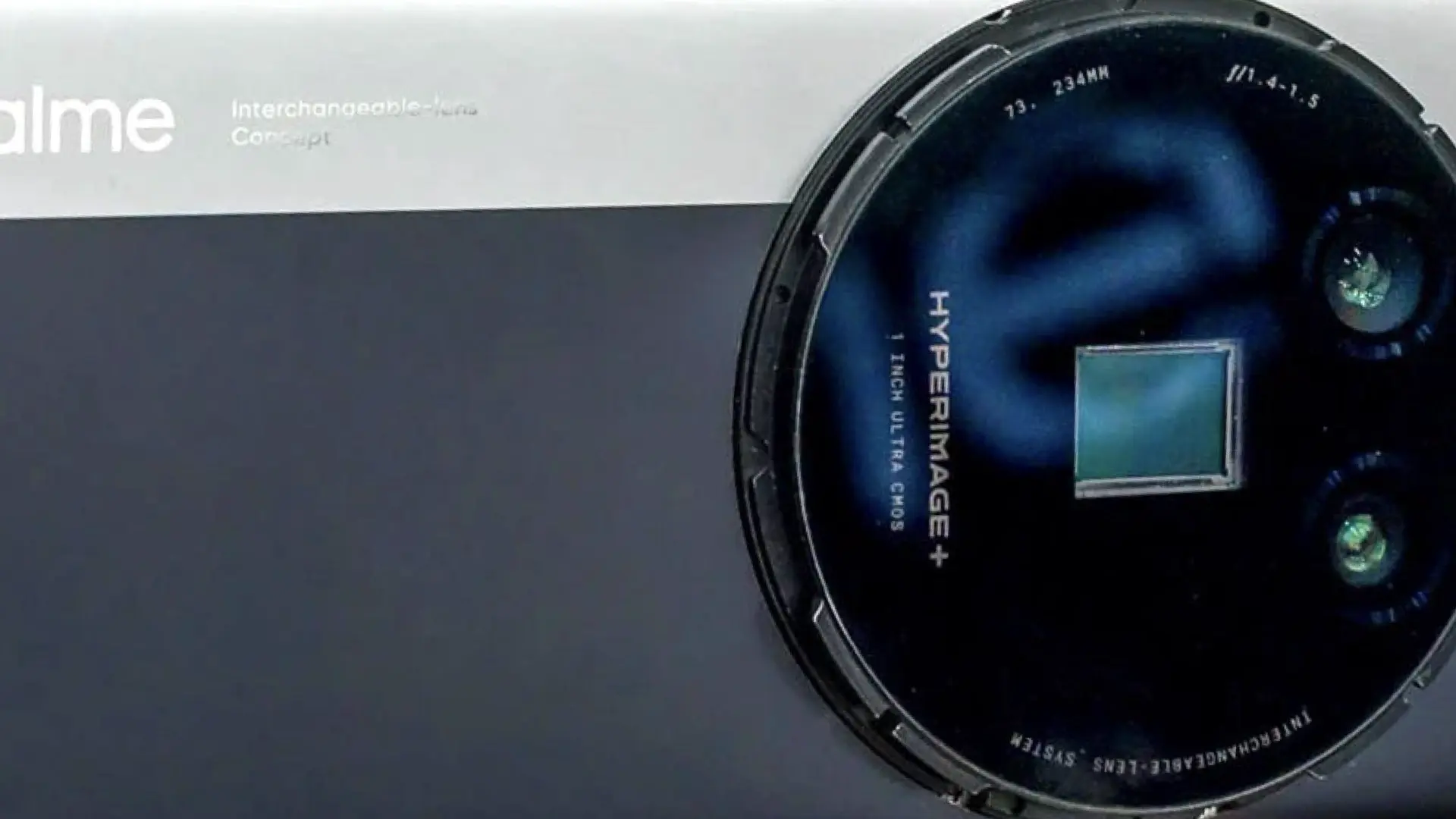
The Challenges
Of course, there are hurdles:
-
Durability: Magnetic modules may not survive rugged environments.
-
Ergonomics: Handling a phone with a large lens isn’t as intuitive as using a DSLR.
-
Ecosystem Lock-In: Will users be forced into proprietary lenses, or will third-party lens makers get access?
-
Heat & Power: Larger sensors like the one in OmniVision’s new chip introduce concerns around thermal management and battery drain.
-
Price: Can the cost justify the hybrid approach over just buying a mirrorless camera?
Also worth noting, Sony has publicly stated that full-frame sensors won’t make it to phones, citing size and power limitations. That leaves modular systems and large 1-inch sensors as the current ceiling for quality in mobile devices.
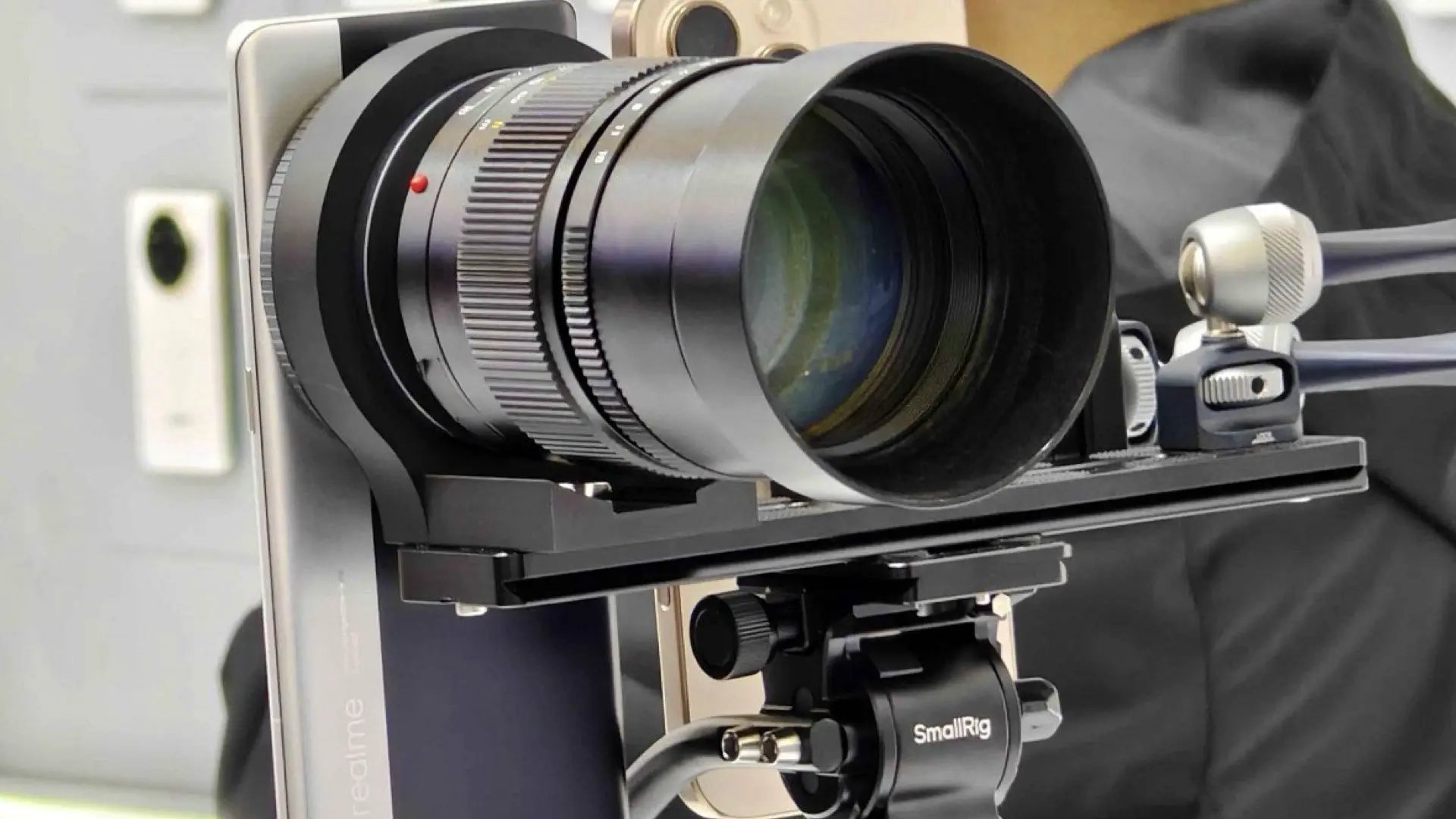
Broader Industry Implications
Should this concept succeed, it could shake up multiple sectors:
-
Camera Giants (Canon, Nikon, Sony) may need to innovate or integrate smartphone modules into their product lines.
-
Smartphone Titans (Apple, Samsung, Google) might speed up their own lens-mount or modular projects.
-
Third-Party Accessories could boom, offering everything from cinematic lenses to specialized gimbals for modular phones.
-
Editing Apps will need to support richer formats like 10-bit HEIF or ProRes, facilitating pro workflows on mobile.
We’re already seeing whispers of micro four-thirds sensors in smartphones, suggesting that the race for high-end mobile imaging is only beginning.
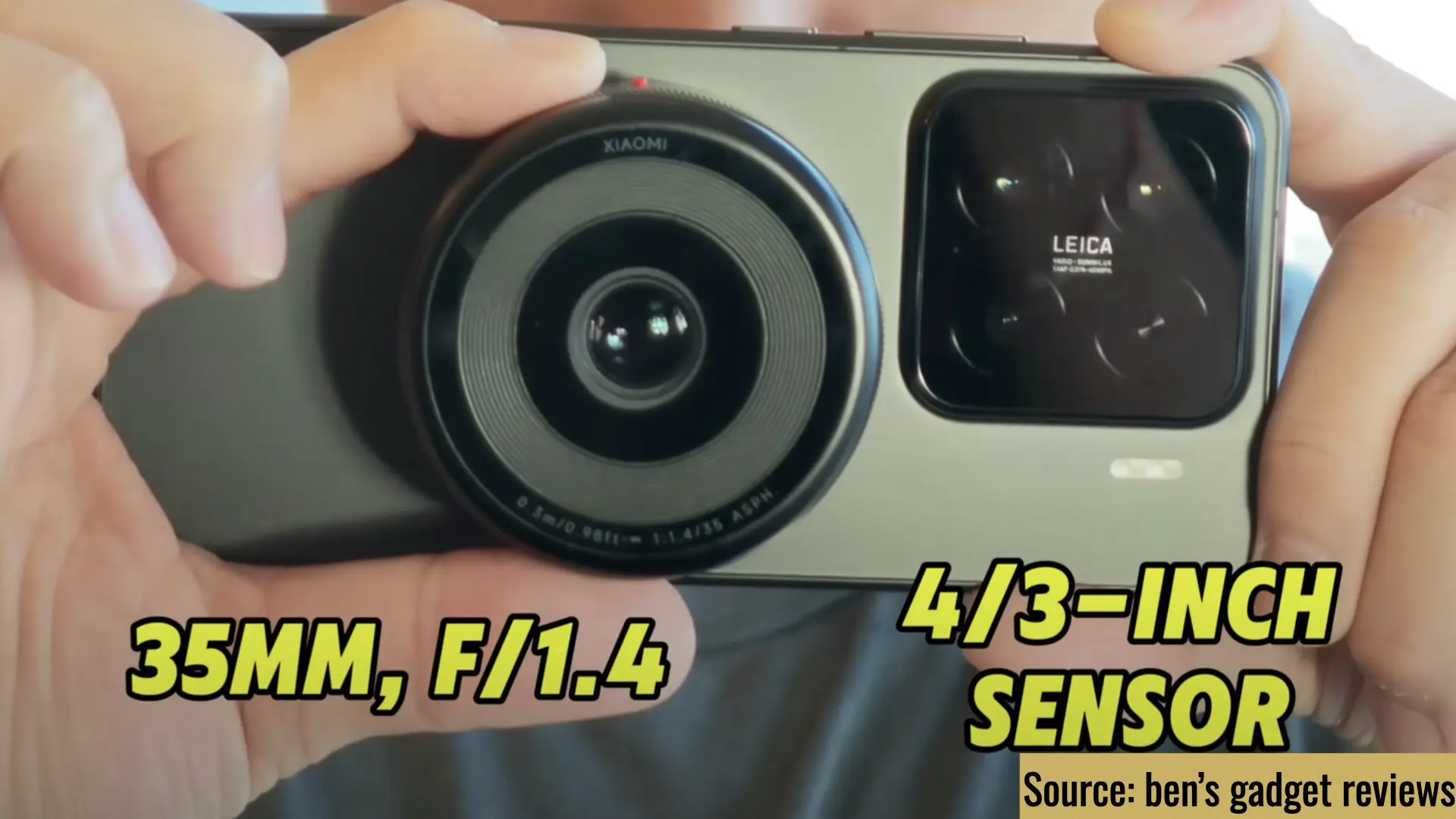
Apple’s iPhone 16 Pro Max: Empowering a New Wave of Filmmakers
Here’s another example: Apple’s recent news showcases the capabilities of the iPhone 16 Pro Max in the hands of emerging filmmakers. Four Indian directors—Amrita Bagchi, Rohin Raveendran Nair, Chanakya Vyas, and Shalini Vijayakumar—crafted short films using the device, highlighting its potential in professional filmmaking. These filmmakers utilized features like Cinematic mode and ProRes video recording to achieve cinematic visuals. For instance, Bagchi’s psychological thriller, Tinctoria, employed Cinematic mode to create a claustrophobic atmosphere, demonstrating how smartphone technology can support complex storytelling. The iPhone 16 Pro Max’s 48MP Fusion camera, capable of 4K120 fps video recording in Dolby Vision, and its 5x Telephoto lens offer filmmakers tools traditionally reserved for high-end cameras. Combined with the MacBook Pro with M4 Max, these devices provide a seamless workflow from shooting to editing, enabling creators to produce high-quality content without extensive equipment. This approach aligns with the broader trend of democratizing filmmaking, allowing storytellers from diverse backgrounds to produce compelling narratives. As veteran filmmaker Vetri Maaran noted, “We’re living in the age of democracy in filmmaking.” Apple’s emphasis on mobile filmmaking complements the industry’s move towards modular and interchangeable-lens smartphones, as seen with Realme and Xiaomi. While Apple hasn’t introduced interchangeable lenses, the iPhone 16 Pro Max’s advanced camera system and software capabilities position it as a formidable tool for filmmakers, bridging the gap between traditional cinema cameras and mobile devices. In summary, Apple’s initiatives and technological advancements are fostering a new era where high-quality filmmaking is accessible to a broader range of creators, further blurring the lines between professional and mobile cinematography.

Verdict: The Dawn of a New Hybrid Device
The rise of interchangeable-lens smartphones isn’t just a technological curiosity—it could be the foundation for a new category of device. If manufacturers can overcome heat, durability, and ecosystem limitations, modular smartphones could challenge even mid-tier mirrorless cameras. As smartphone videography becomes more cinematic and professional—as seen in films shot entirely on phones—it’s becoming harder to argue that we need separate tools for shooting and sharing. The smartphone-as-camera evolution may soon reach a point where professional creators can carry just one modular device. This is more than a trend—it’s a paradigm shift in how we define cameras, phones, and creativity itself. But as we enter this new hybrid era of content creation—will the camera you carry in your pocket soon be all you need to tell professional-grade stories?

